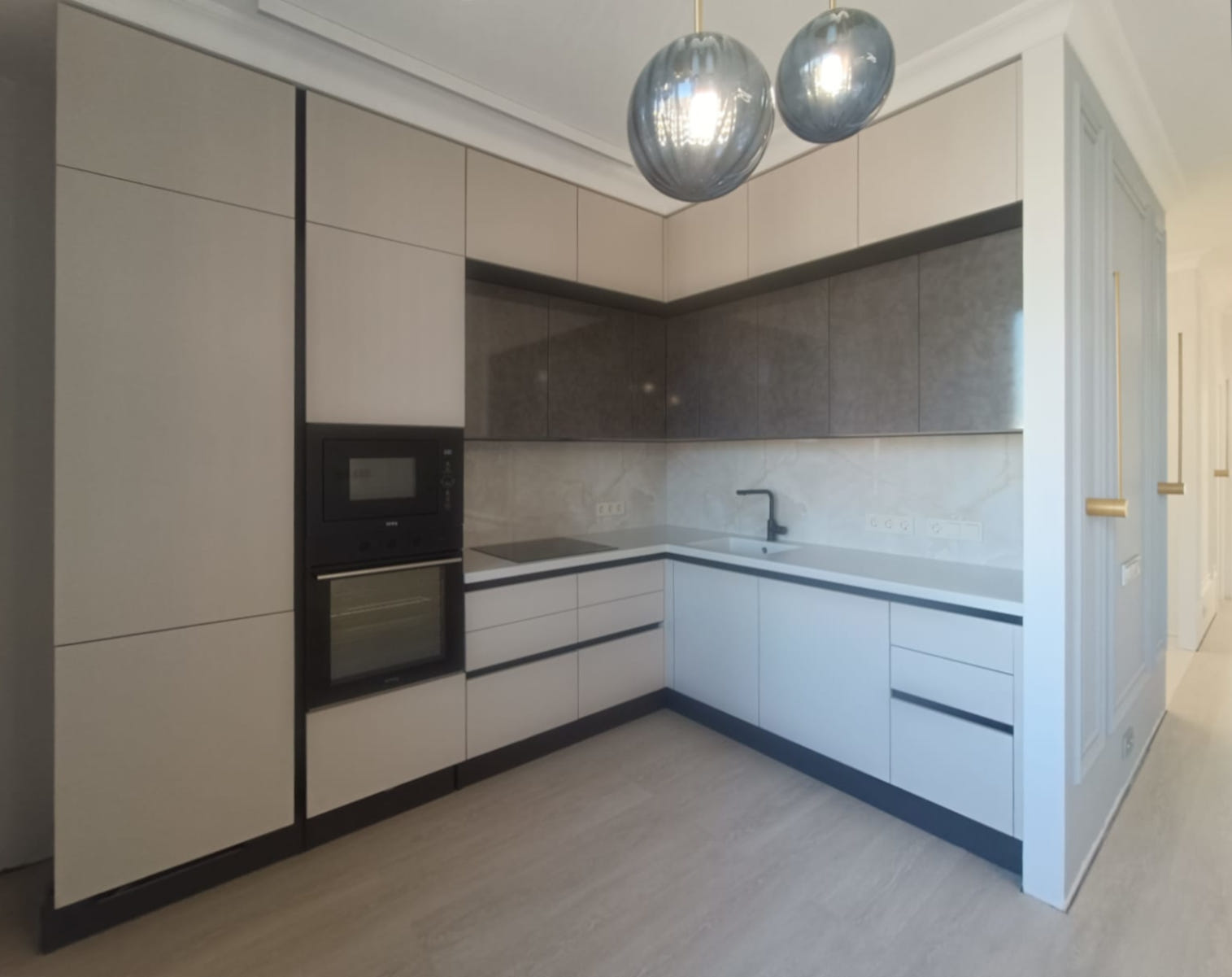
Essentials of Kitchen Design
Mastering kitchen design excellence calls for a blend of functionality, style, and innovation. At the heart of this lies the efficient use of space where every appliance, cupboard, and work surface is placed with purpose. Effective kitchen design starts with a work triangle that minimizes movement between the sink, stove, and refrigerator, creating a streamlined workflow. Layered lighting is also critical, balancing task, ambient, and accent lights to create a warm and inviting atmosphere that also ensures safety while cooking.
Incorporating Personal Style
Achieving design excellence is not just about following trends; it's about infusing personal style and preferences into the kitchen space. Whether you're drawn to minimalist modern designs with sleek lines and monochromatic colors, or a more traditional look featuring natural wood and cozy accents, your kitchen should reflect your personality. It's vital to consider how decorative elements such as backsplashes, cabinet hardware, and countertop materials can tie your look together harmoniously.
Investing in Quality
Quality is paramount in achieving a kitchen that stands the test of time both in style and function. Opting for high-quality materials and appliances not only elevates the overall look of your kitchen but also ensures longevity and durability. Focusing on craftsmanship and performance can reduce the need for frequent repairs and replacements, securing your investment for the long haul.
Smart Storage Solutions
Ample storage is a key component of kitchen design excellence. Innovative storage solutions can include deep drawer dividers, appliance garages, pull-out pantry systems, and cleverly hidden trash and recycling bins. By considering what items you use most frequently and how you move in your kitchen, you can tailor your storage systems to be both intuitive and efficient.
Technological Integration
In today's connected world, integrating smart technology into kitchen design is a hallmark of excellence. From appliances with built-in WiFi to systems that allow for remote monitoring and control, technology can greatly enhance the cooking experience. Smart features such as programmable coffee makers, ovens that can be preheated via smartphone, and refrigerators that track your grocery list add a level of convenience that is fast becoming the new standard in kitchen design.
Sustainable Practices
Mastering kitchen design also involves an awareness of sustainability. Incorporating energy-efficient appliances, sustainable materials, and mindful disposal methods shows a commitment to protecting the environment. Reclaimed wood, recycled glass countertops, and low-flow faucets are just a few examples of how you can design a kitchen that is beautiful, functional, and environmentally responsible.
Conclusion: Harmonizing Function and Beauty
Kitchen design excellence is achieved when there is a seamless marriage of function and beauty. Understanding that the kitchen is the heart of the home, each decision from layout to materials must be made with meticulous care. Mastering these principles ensures that your kitchen will not only serve its purpose but also provide inspiration and enjoyment for years to come.